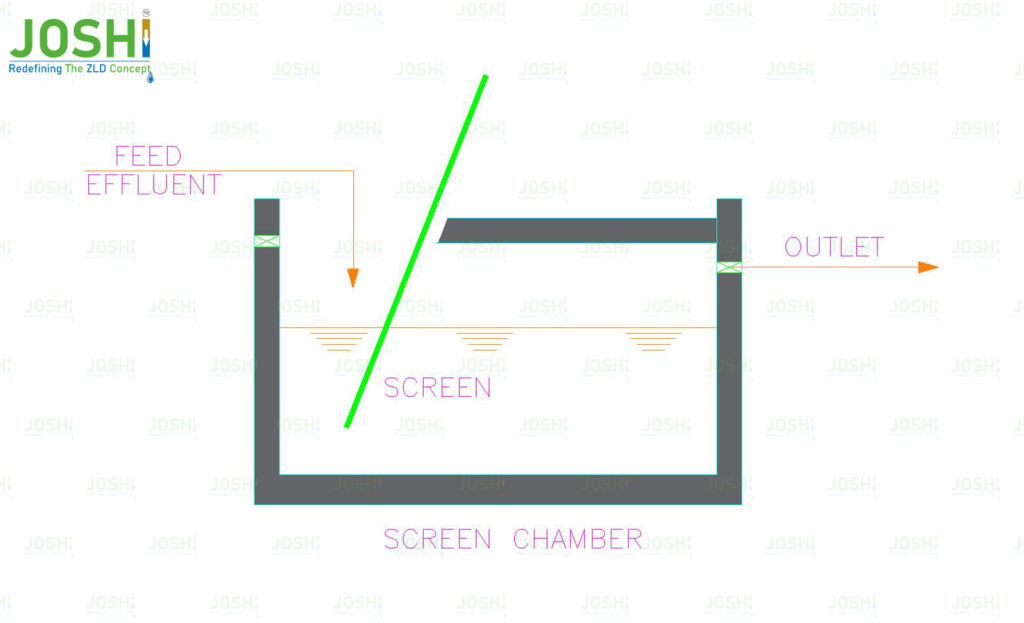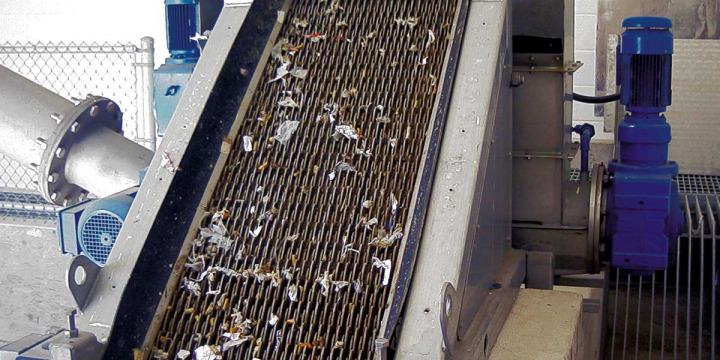Fine Screen
In wastewater treatment, a fine screen is a mechanical device used to remove smaller solid particles from the wastewater stream. It is designed to capture fine debris, grit, and suspended solids that may not have been removed by the coarse screening process.
System Components
A fine screen typically consists of a mesh or perforated plate with smaller openings compared to the coarse screen. The size of the openings can vary depending on the specific application and the desired level of filtration. Common opening sizes for fine screens range from 1 to 6 millimetres.
Process
As wastewater flows through the fine screen, smaller solid particles are trapped on the screen’s surface or within the screen openings. The captured material is then removed either manually or by using mechanical cleaning mechanisms such as brushes, sprays, or air jets. The removed solids are usually collected and sent for further treatment and disposal.
Significance & Advantages
Fine screens play a crucial role in wastewater treatment plants as they help improve the quality of the treated effluent by removing finer particles. They also help protect downstream equipment, such as pumps, membranes, and biological treatment units, from clogging and damage. Additionally, fine screens contribute to the overall efficiency and performance of the wastewater treatment process.
Targeted Impurities
- Fine Debris
- Grit
- Suspended Solids






